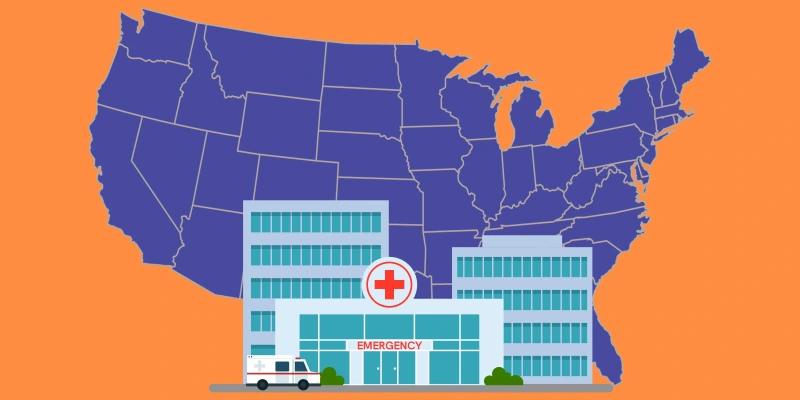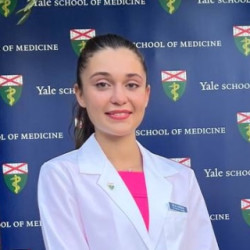The 101st Annual Meeting of the American Association for Thoracic Surgery (AATS) was held from April 30 to May 2, 2021. The virtual format seemed to work very well, from both the administrative and audience perspectives, and allowed for all sessions to be experienced, despite them being concurrent in real-time. This flexibility has become a refreshing possibility created by widespread familiarity with virtual and hybrid formats. The association should be applauded for the overall organization and execution of the meeting. The AATS created a fruitful opportunity to learn despite changes in presence and approach that have been forced upon surgeons and the world over the last year.
Since the late 1980s, the AATS Annual Meeting has been preceded by the Aortic Symposium or, more recently, the Mitral Conclave to provide a focused and intensive shared experience in either an area of practice emphasis or general interest. For those interested in aortic surgery, the program committee put together an excellent conference that was, of course, postponed due to the pandemic a year ago. The aortic symposium addresses different anatomic portions of the aorta, but a consistent theme stood out. These types of symposia can tend to have a predominance of technique specific to surgeon preference; however, this program provided data on indication and preparation for both current and future procedures. Several of the talks are described below that specifically address important issues in aortic intervention.
In the opening root and valve session, the presenters and moderators addressed the role of genetic screening and the effects of redo sternotomies, among others. The genetic screening talk by Kim and colleagues from Seoul focused on root aneurysms, clearly showing that patients with aneurysms tend to affect other family members. Given the root focus, the identification of Marfans was critical in defining both the need for surveillance in relatives as well as defining those that could forego further imaging with negative screening. The role of genetic screening among family members of aneurysm patients is clear, but beyond first-degree relatives, the controversy continues. The next topic was the effect of redo operative surgery on outcomes presented by Kalra and associates from Emory. From a vast experience, the number of redo sternotomies did adversely affect short-term outcomes. Importantly, long-term survival was not different between first and multiple redo operations. The implications of these findings suggest the potential need for prophylactically addressing adjacent pathologies. For instance, a root indication could bring the arch replacement into play for intermediate aneurysms of the more distal aorta. Both of these topics are important for the planning of proximal aortic procedures and concomitant disease of the patient and family.
In the arch and cerebral protection session, the utilization of elephant trunks was widely debated, but the discussions of cerebral monitoring were very informative. The group from the University of Pittsburgh presented their experience with neuromonitoring to predict neurological events. They emphasized the combination of both EEG and somatosensory evoked potential in predicting stroke and transient ischaemic attack postoperatively. Significant changes in neuromonitoring were significantly associated with operative mortality, stroke, and even new dialysis requirements. The signals can be present in these cases, and approaches for early intervention beyond simple recognition of a potential problem will be the next step in attempting to eliminate the neurological risks of arch operations. The optimization of the response to neuromonitoring changes needs further study, but early involvement of neurology and neuro-interventional should next be evaluated. Neurological outcomes remain the most important complication for surgeons to eliminate in aortic arch surgery. Monitoring could be a stepping stone to addressing the embolic phenomenon that can occur during the operation.
In the more distal aortic sessions, a pair of important topics were addressed regarding altering anatomy to facilitate distal intervention. Fukuhara and his partners from Michigan presented the Griepp paper about their experience with dividing the aortic septotomy to create a TEVAR landing zone. The results compared the septotomy with endograft in patients with proximal fenestrations. As expected, the group with a true landing zone had better remodeling and avoidance of aortic complications. The early outcomes look favorable compared to TEVAR in chronic dissection prone to proximal false lumen perfusion. Since traditional ascending replacement has poorly addressed chronic descending, improved techniques and technology are required to facilitate reverse remodeling of the dissected distal aorta. The thoracoabdominal session discussion included the effects of the previous elephant trunk on open thoracoabdominal repairs. As elephant trunks have evolved in both aneurysmal disease and acute dissection, utilization has exploded. The aggressiveness has pushed many centers to use the elephant trunk, with or without a stent, to facilitate the eventual descending repair. Iannacone represented the Cornell program demonstrating that the presence of an elephant trunk facilitated the distal procedure. They concluded the complexity of proximal control was reduced by the presence of an elephant trunk. Further, the trunk patients had no recurrent laryngeal injury or stroke, which is again probably due to the lack of arch manipulation with a more distal graft to control and platform for anastomosis.
The symposium should also be applauded for acknowledging the basic science research focused on aortic issues. The Second Kouchoukos Award presented by the group from Pittsburgh on wall stress as assessed by imaging techniques. This is an incredibly important idea given that size criteria for repair are simply proxies for wall tendency for pathology rather than a true risk of rupture or dissection. Further study in the characteristics of risk must be performed to better delineate the need for prophylactic operations.
Per expectations, the expert presentations were as interesting as they were complex. Ranging from valve preservation techniques to open thoracoabdominal repairs, the experiences of expert surgeons were shared to stimulate discussions of improving approaches to these complex procedures. The Aortic symposium never disappoints with inspiring approaches that facilitate ongoing advances for aortic surgeons around the world.







